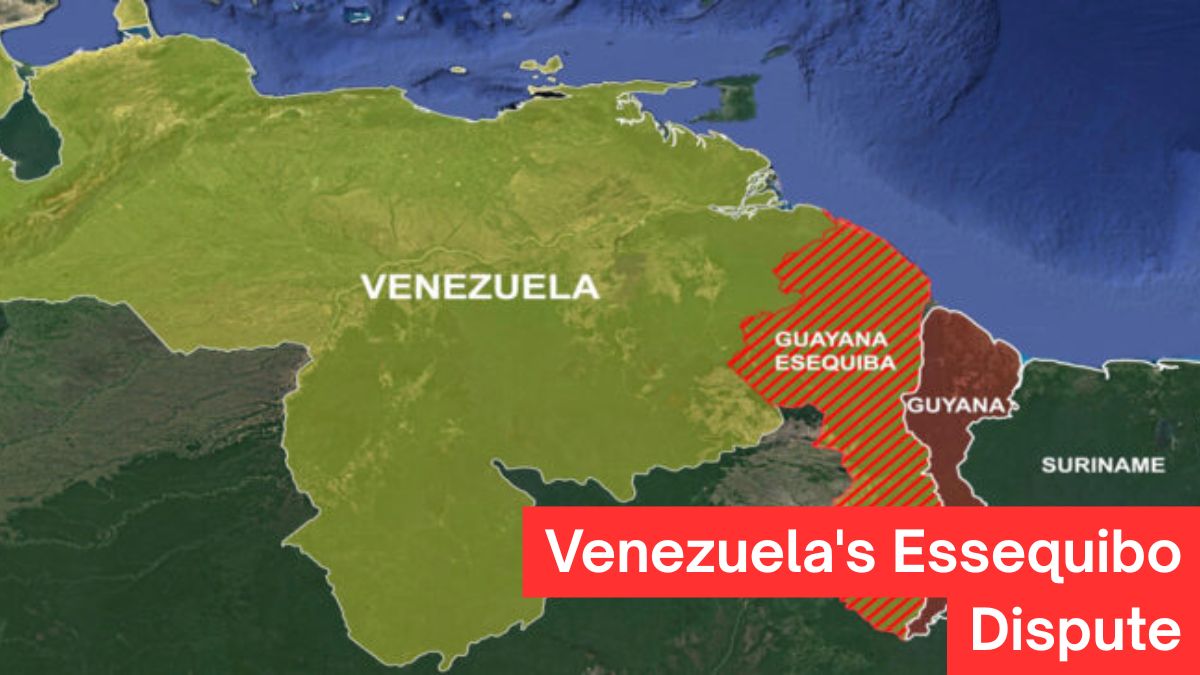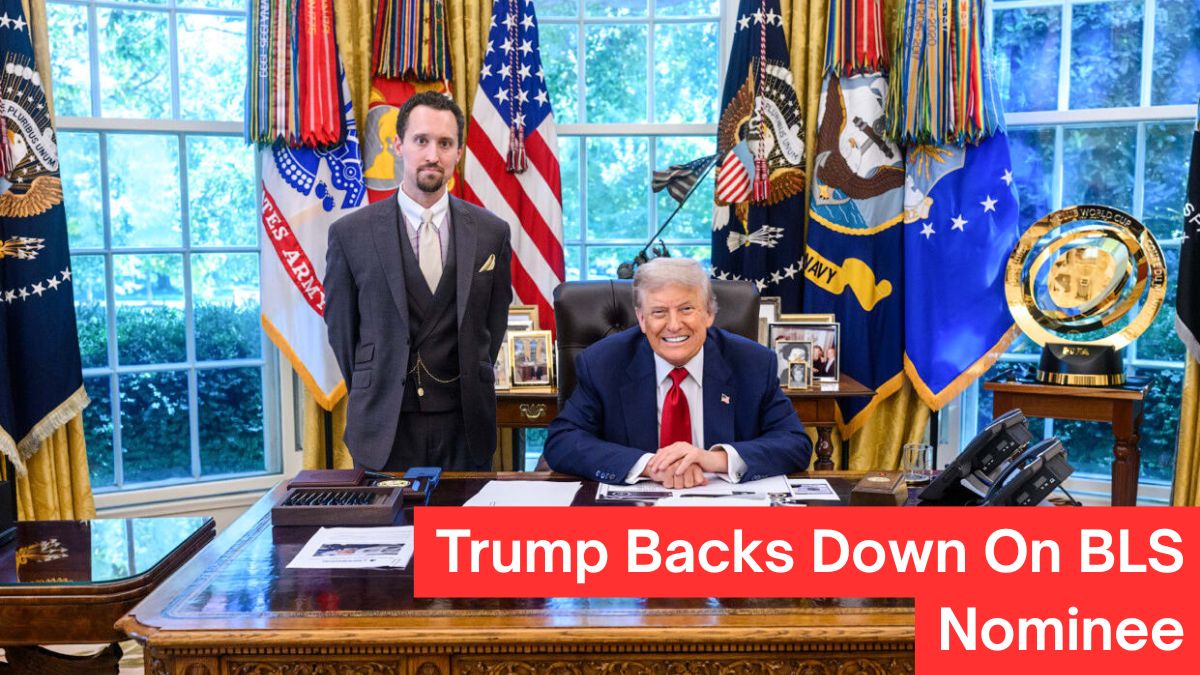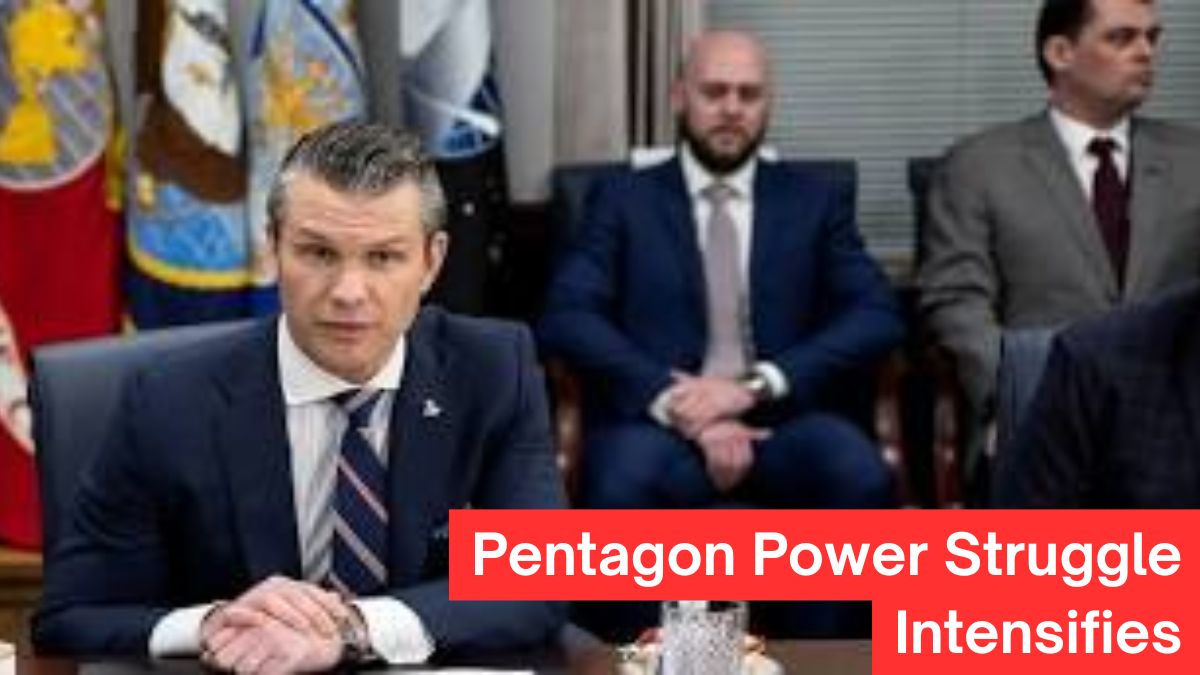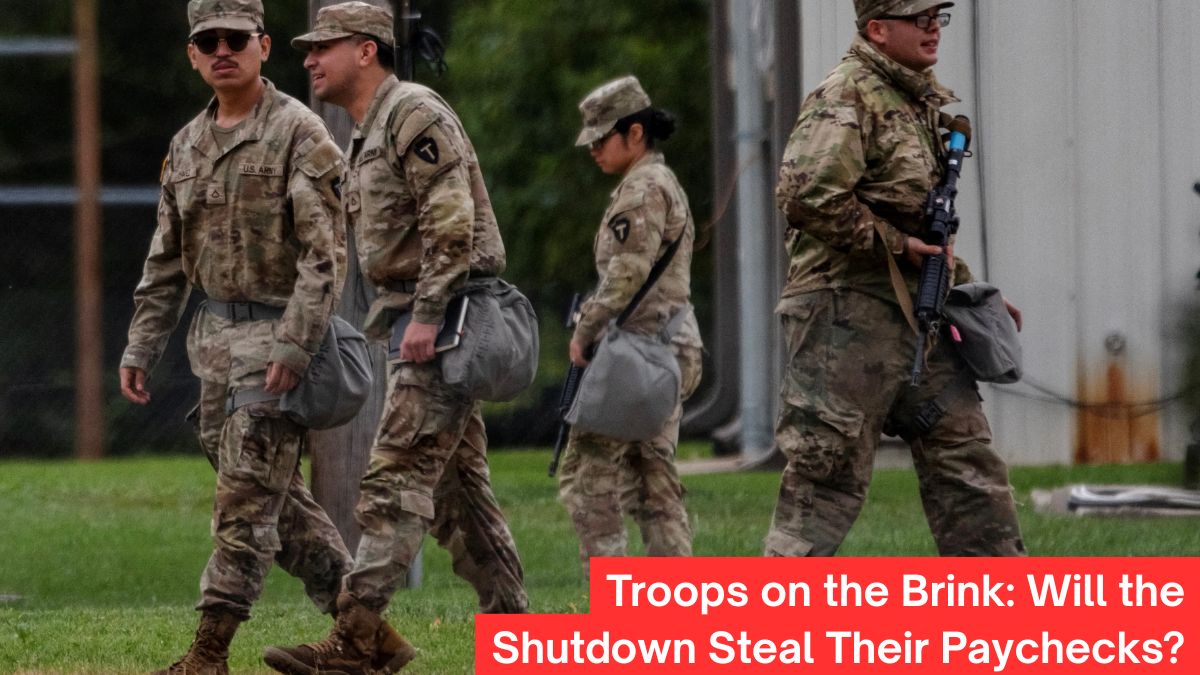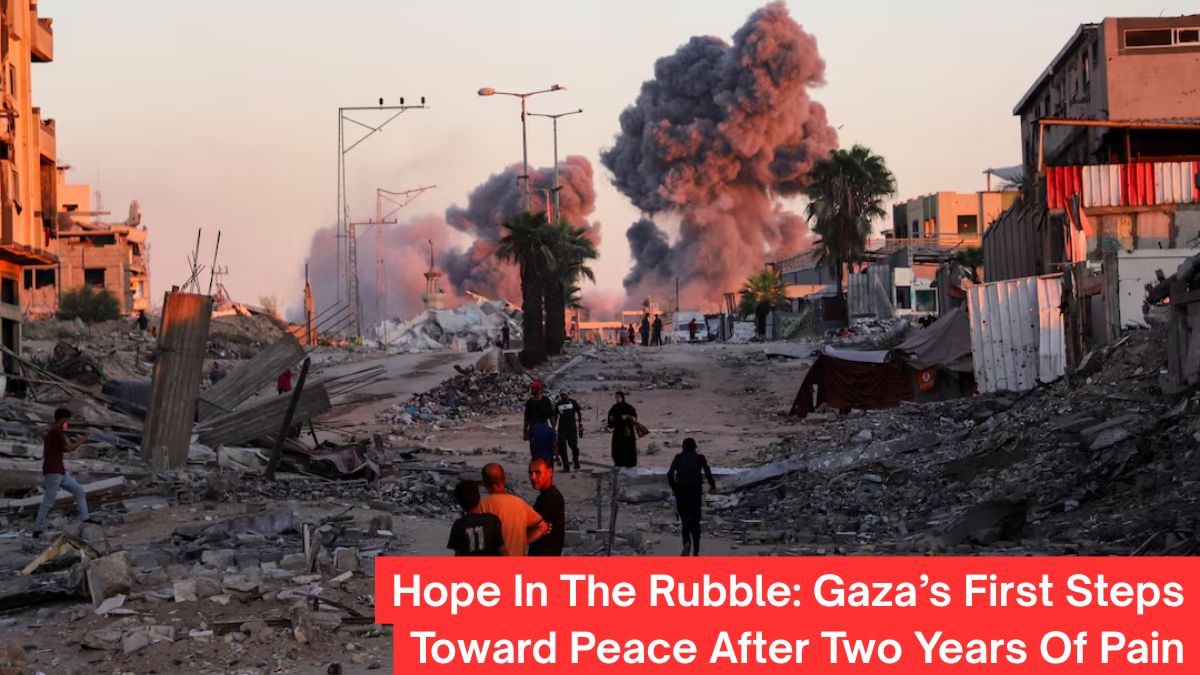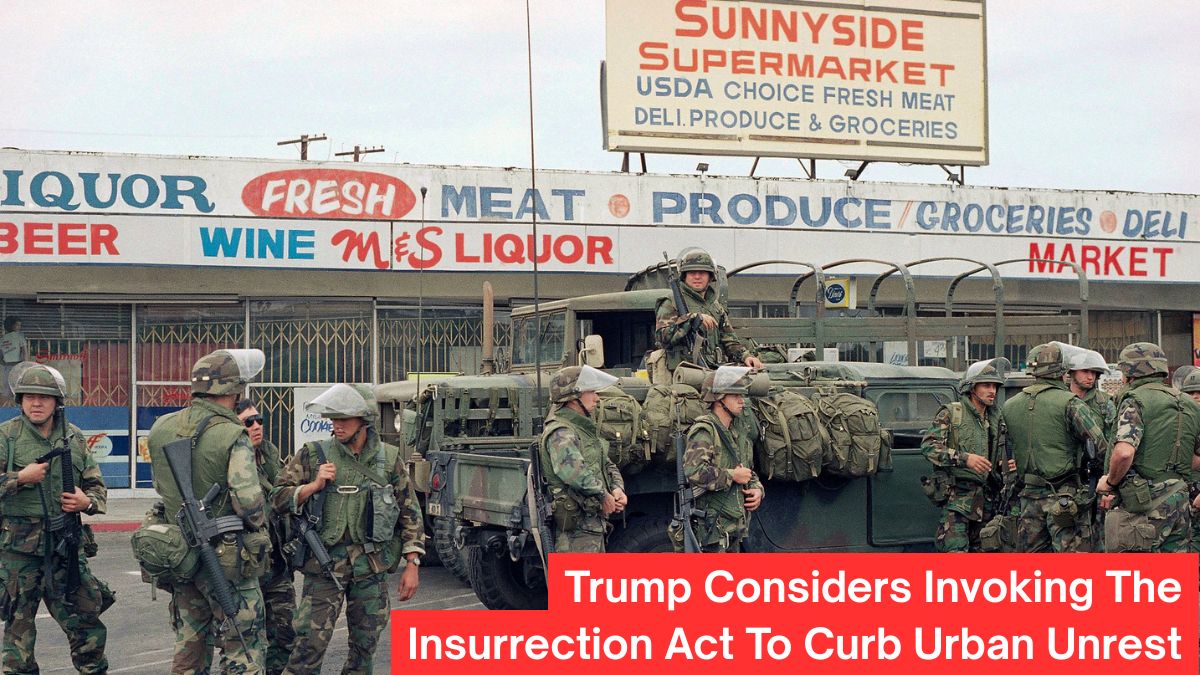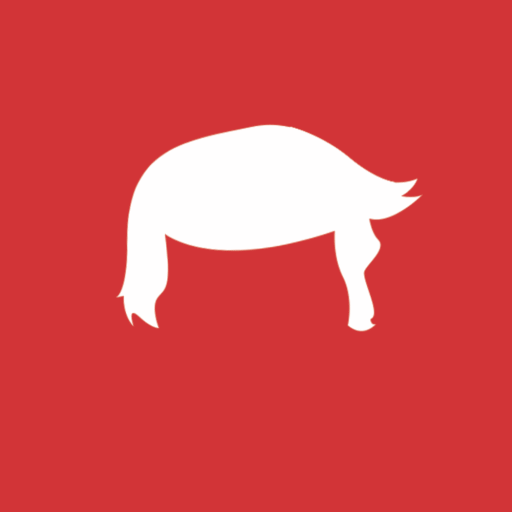The Essequibo region covers almost 2/3 of Guyana and home to around 125,000 people It has been the focus of a lengthy territorial dispute. Venezuela has claimed the region for its territory “Guayana Esequiba,” a dispute rooted in colonial boundaries.
The stakes escalated dramatically following ExxonMobil’s discovery of oil in 2015 This turned the conflict into a highly-valued energy issue and geopolitical conflicts.
Key Takeaways
- Essequibo is home to around eleven billion barrels oil that is recoverable that makes Essequibo an international hotspot.
- Venezuela increased its claims through the vote of referendum in 2023 and a the 2024 annexation law and a law of annexation in 2024, while ignoring ICJ rulings.
- Guyana is moving forward by advancing ExxonMobil projects and is aiming to produce 1.5 million barrels of oil per day by 2029..
- The U.S. has stepped in by providing assistance in the military and security assurances which has increased the tensions between Venezuela.
- Regional instability is a cause for concern, as are hybrid conflict, proxy conflicts and price shocks triggered by oil..
Recent Escalations
The incident occurred in the month of March in 2025 in 2025, the Venezuelan naval vessel was spotted atop the ExxonMobil’s Liza Destiny platform, accusing that it was infringing Venezuelan waters. The incident was widely perceived as an effort to be intimidating Guyana as well as it’s U.S. partners. Guyana was quick to respond by accepting the ExxonMobil’s $6.8 billion Hammerhead project located in the Stabroek Block, designed to increase production and make the nation to be one of world’s leading per-capita oil producers..
Tensions increased as border disputes in the Cuyuni River in May 2025 caused Guyanese forces under threat. These actions had been linked with the Venezuelan-allied militias which drew comparisons to Russia’s hybrid strategies within Crimea.
Venezuela is continuing to deny the legitimacy to its International Court of Justice (ICJ), calling its stance a struggle to defend “historical justice” against the 1899 Paris Arbitral Award. Guyana however, on the other however, insists on the legal arbitration and has increased its defenses by utilizing U.S. military assistance in the form of surveillance flights, as well as joint exercises.
Oil Wealth As The Core Driver
The dispute is driven by the huge oil reserves in the Stabroek Block. For Venezuela which is severely weakened due to U.S. sanctions and forced to divert upwards of 640,000 barrels of oil per every day China Essequibo’s reserves are a vital source for the country’s economic survival.
Guyana’s economy, in contrast has grown exponentially with growth in GDP exceeding 40% in the past few years however, there is still a lot of criticism concerning the uneven distribution of wealth. The public’s opinion is reflected in these divisions: Guyanese citizens share maps and hashtags #EssequiboIsOurs and Venezuelans complain about ExxonMobil as “looting” and see U.S. involvement as a sign of imperialism linked to sanctions.
Geopolitical Flashpoints And U.S. Interests
Washington has pledged its support to Guyana in warning Venezuela that it could face “serious consequences” in the event of a military strike against Exxon. This comes as part of wider competition which has seen Venezuela expanding its relations with Russia, China, and Iran.
Sanctions in accordance with Executive Order 1392 have prevented Venezuelan oil from entering U.S. refineries, further making the energy battleground more tense. In the meantime there has been speculation concerning U.S. bases being used to safeguard Exxon investments and restrict Chinese access to the U.S.
Regional powers such as Brazil Brazil are keenly watching developments and have urged mediation, even though there are doubts regarding U.S. motivations. Analysts caution that if tensions escalate further, the impact of oil shocks could cause the global price up 10% to 20 10% however a full-blown great-power conflict is unlikely.
Key Stakeholders And Interests
| Stakeholder | Position | Key Interests |
|---|---|---|
| Venezuela | Claim sovereignty; rejects ICJ It also holds a referendum and elections | Recover gold, oil, and minerals; avoid sanctions; help Maduro domestically |
| Guyana | The defense defends the ICJ process; broadens Exxon operations | Keep the sovereignty of 74% of the territory and ensure oil-driven economic growth |
| U.S./ExxonMobil | Support for military operations in Guyana Sanctions against Venezuela | Secure investments worth $60 billion or more as well as ensure the supply of refineries Block Chinese as well as Russian influence |
| China/Russia | Strategic support to Venezuela | Security in the field of energy and the fight against U.S. dominance in the region |
Outlook
Negotiations for a diplomatic solution are still possible via UN mediation, or through Brazil-led negotiations however, that mix of Venezuelan protest as well as U.S. concerns over energy guarantees that the conflict remains a flashpoint in the region. A hybrid war, proxy engagement and instability fueled by oil could influence the course of the conflict’s future.
